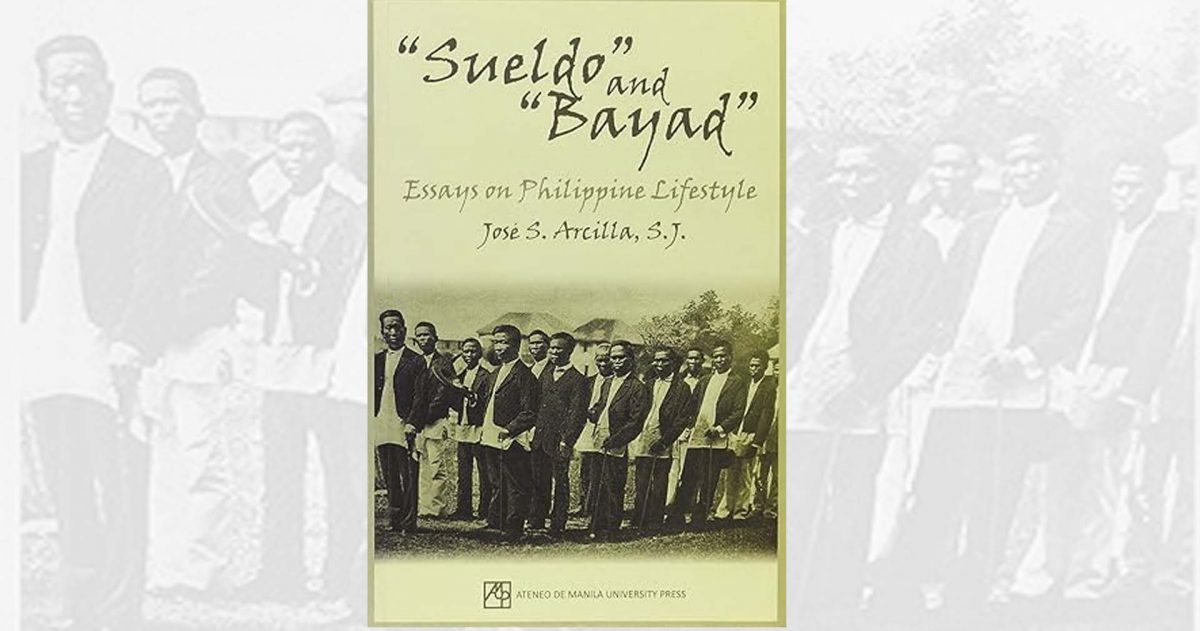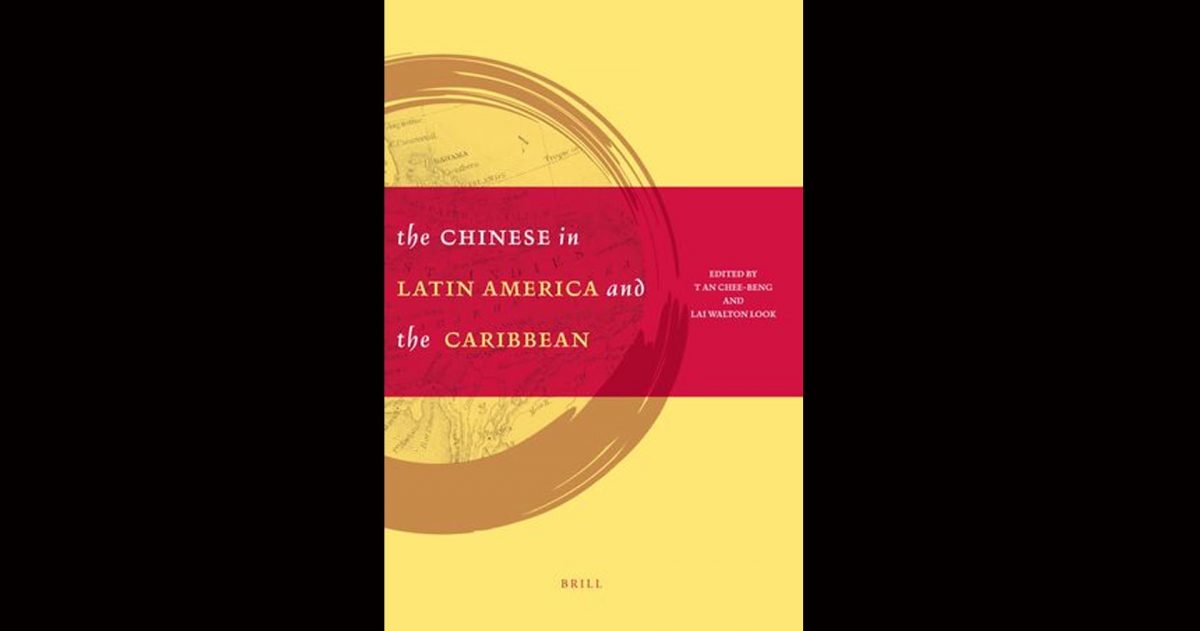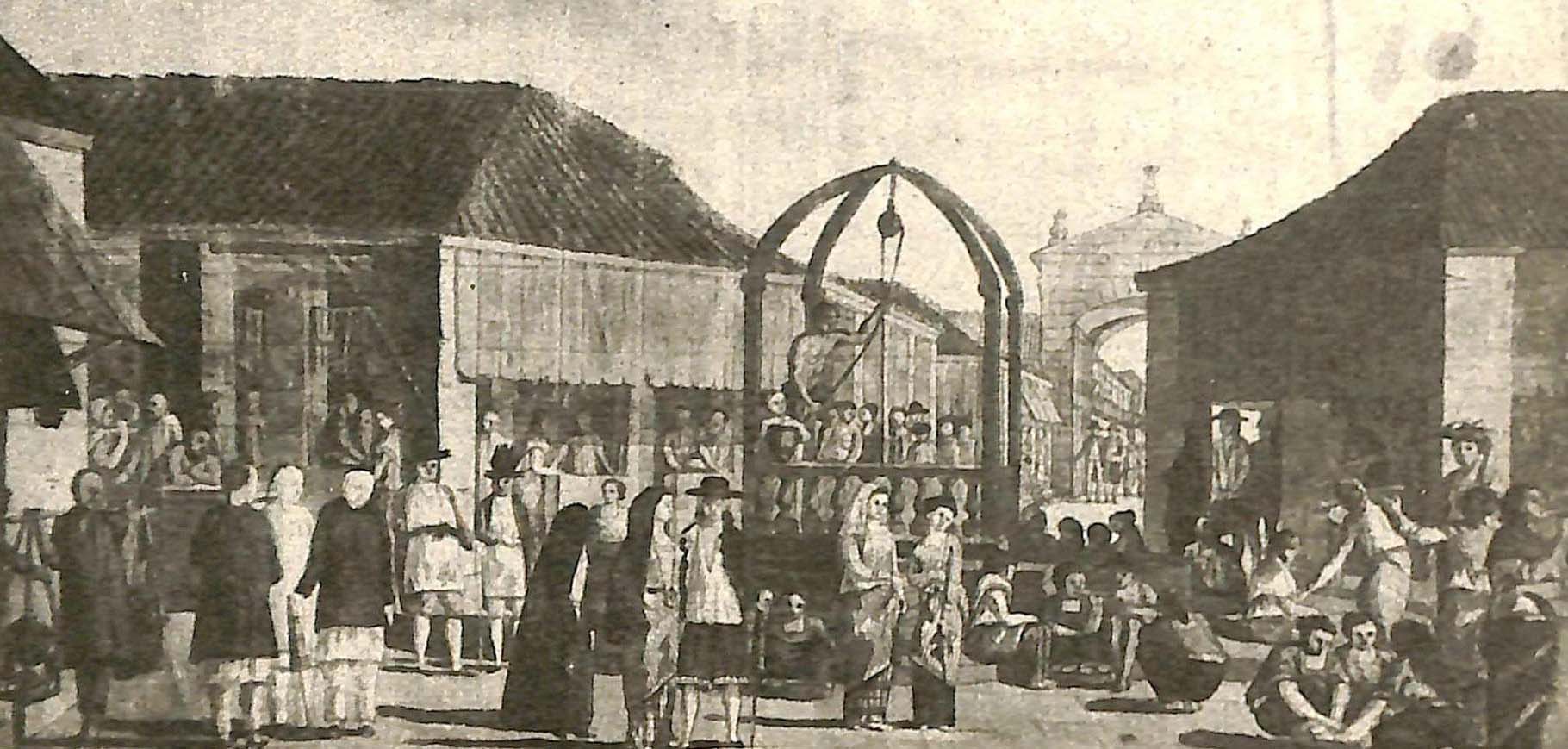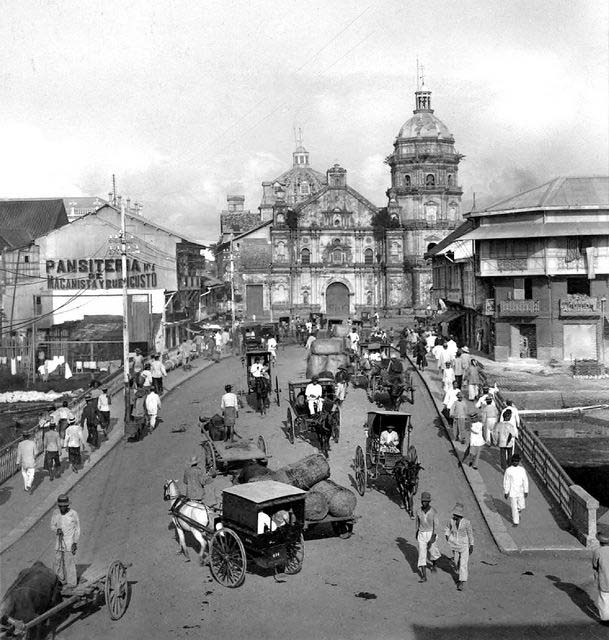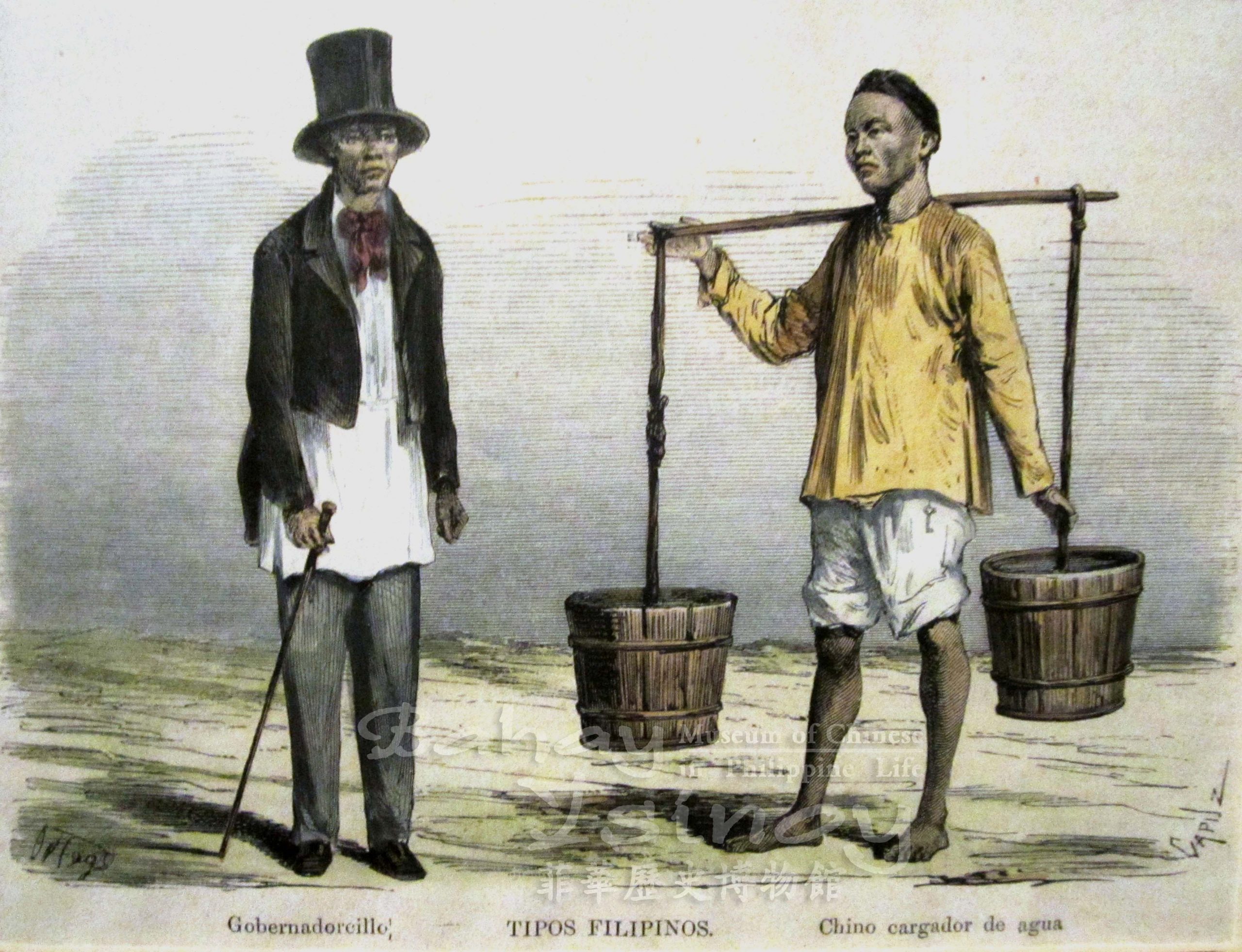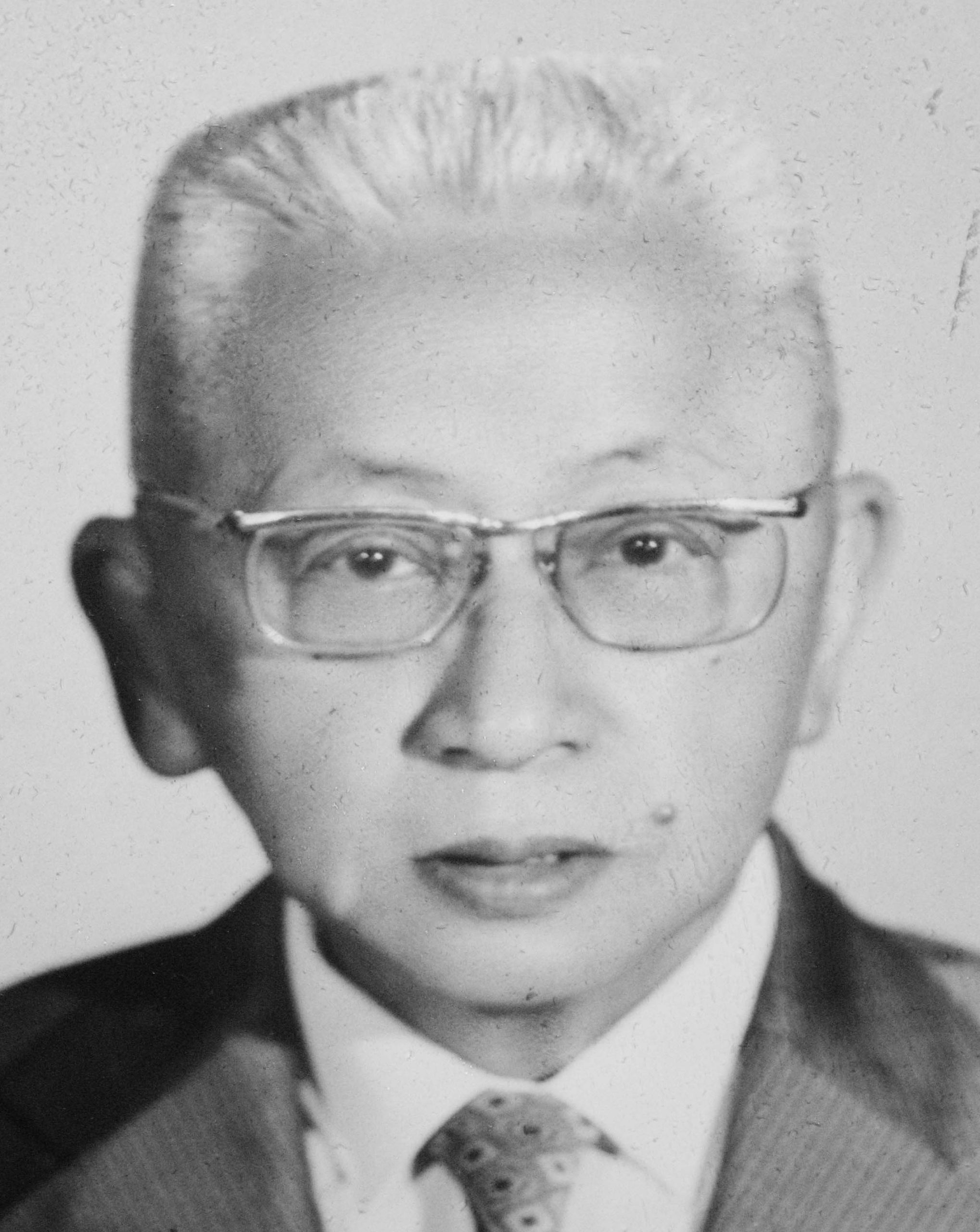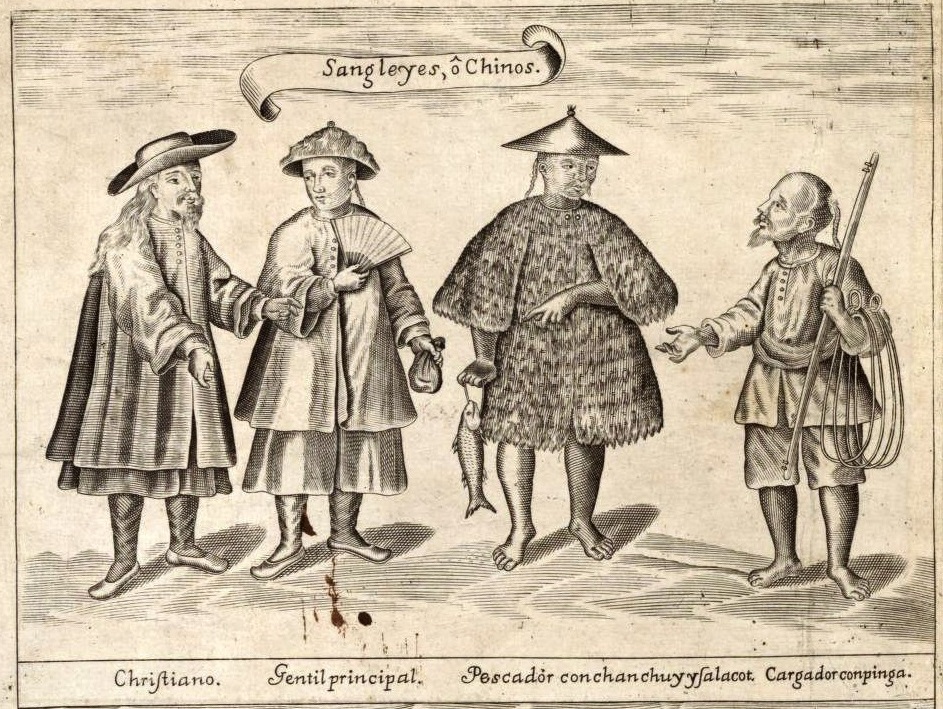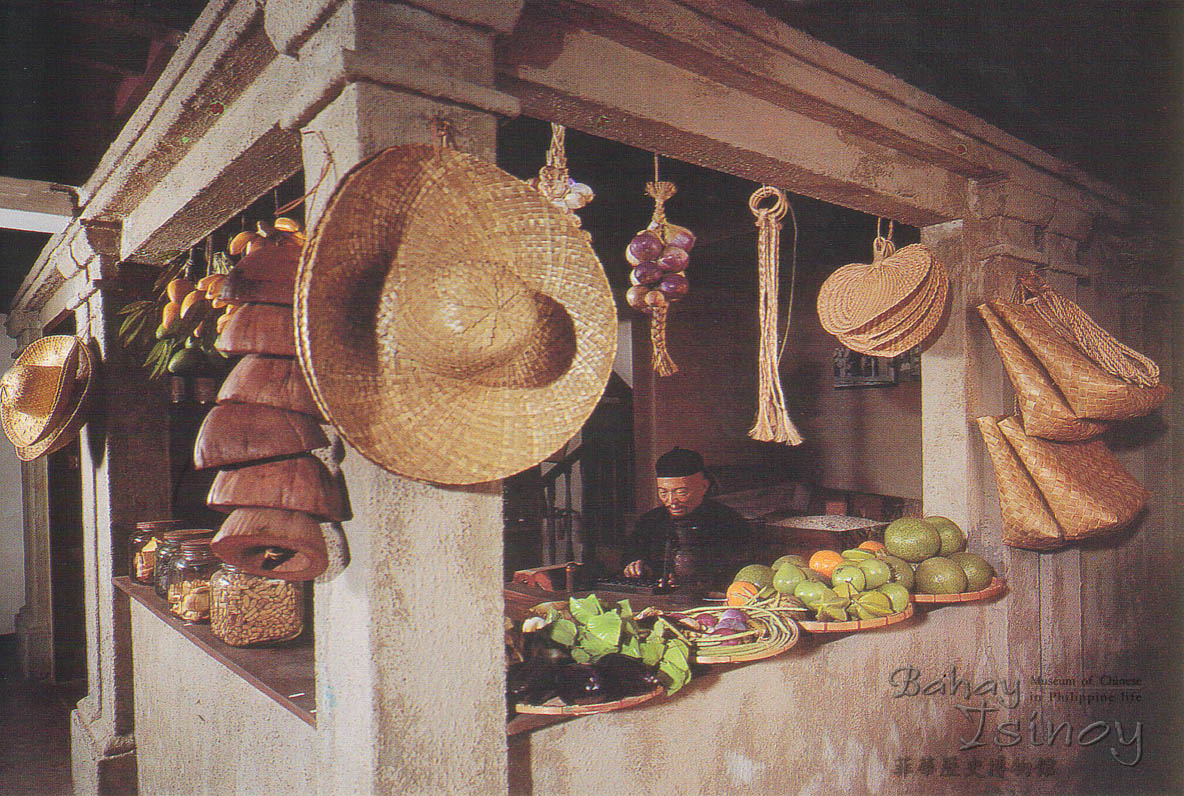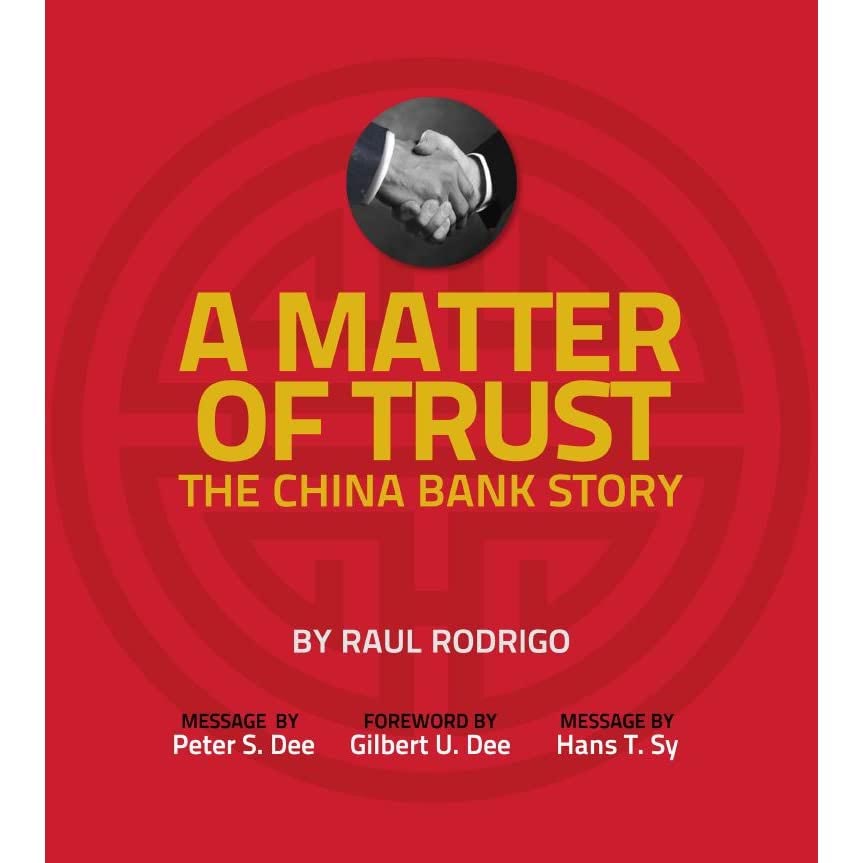It is well-known that the Chinese in the Philippines, especially the older generation, are easy victims of extortion by corrupt government officials. However, not many realize that this phenomenon is actually rooted from Spanish colonial rulers hundreds of years ago. Extortion of the Chinese is in fact a tradition started by the Spanish officials. The […]
Tong through the centuries
